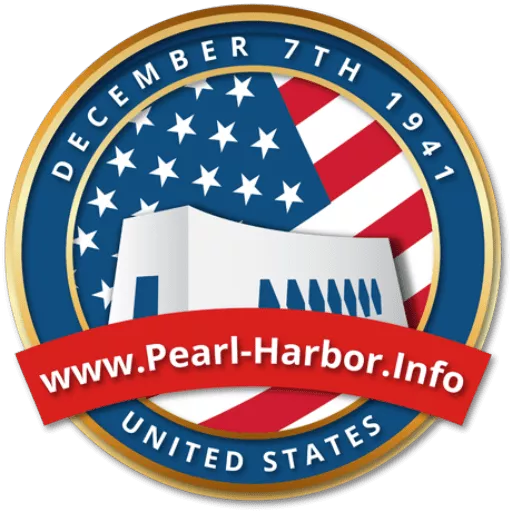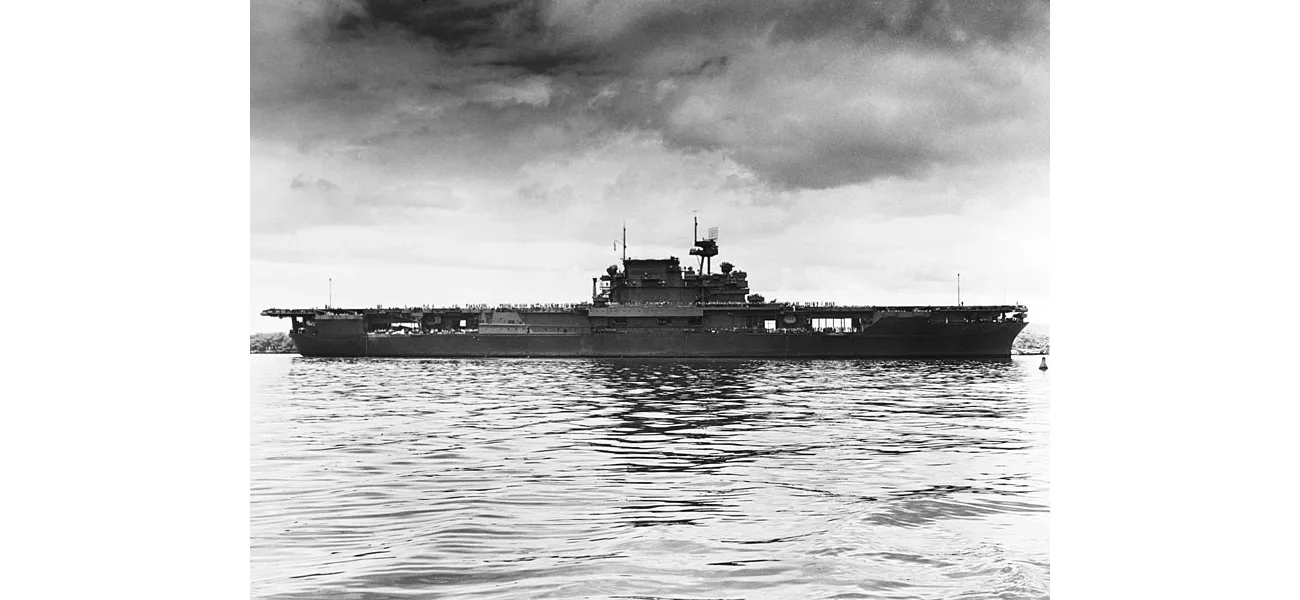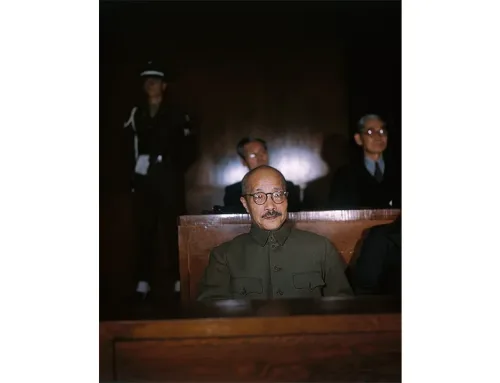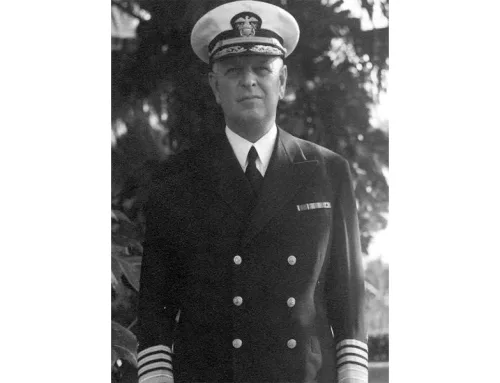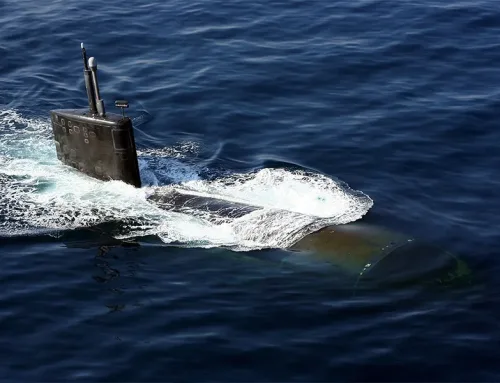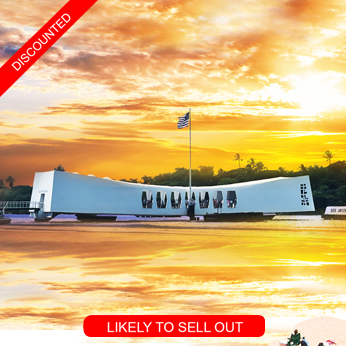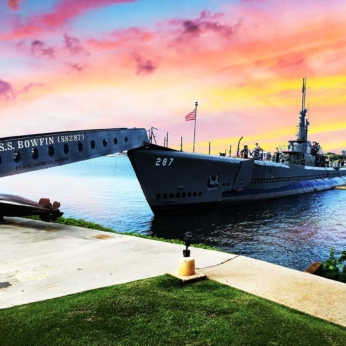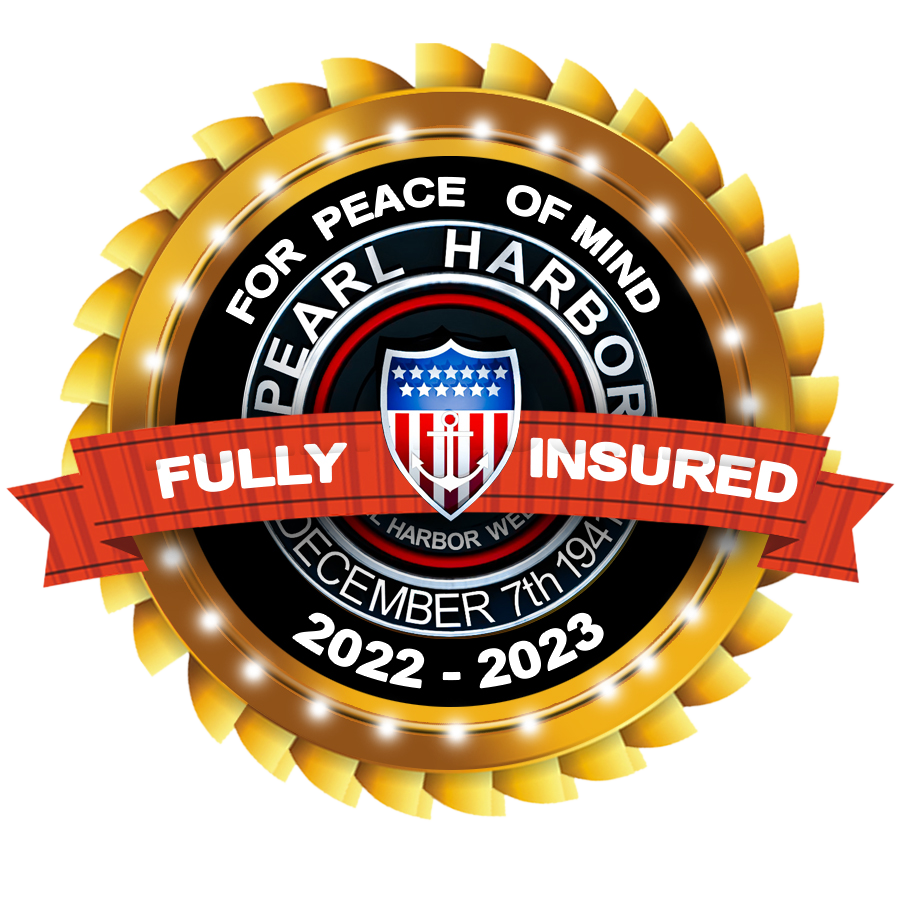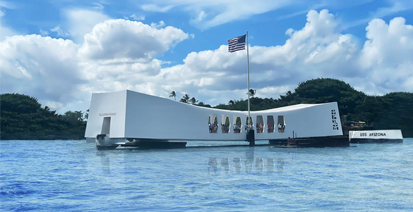Learning Pearl Harbor: What Is an Aircraft Carrier?
The U.S. Navy aircraft carrier USS Enterprise (CV-6) entering Pearl Harbor on 26 May 1942, following the Battle of Coral Sea and shortly before the Battle of Midway., U.S. Navy, 1942, U.S. Naval History and Heritage Command <https://www.history.navy.mil/>, PD-USGov-Military Navy
The attack on Pearl Harbor on December 7, 1941, left a lasting impact on history, but some notable ships weren’t present that fateful day. Among them were the USS Enterprise (CV-6), USS Lexington (CV-2), and USS Saratoga (CV-3). These vessels, powerful aircraft carriers of the US Navy, had been out at sea, a fact that has fueled numerous “What If…” discussions.
What if these carriers had been at Pearl Harbor during the attack? Would their presence have altered the outcome? These are intriguing questions, but before diving into alternate histories, it’s important to first understand what aircraft carriers are, and why their absence might have been crucial to the events of that day.
What Is an Aircraft Carrier?
At its core, an aircraft carrier is a massive, sea-bound platform designed to launch and recover military aircraft. These vessels act as mobile airbases, giving naval fleets the ability to project air power far from land. By the time the US entered World War II, there were only seven aircraft carriers in the Navy, but their numbers would swell to over 160 by the war’s end.
Aircraft carriers were vital to Japan’s successful attack on Pearl Harbor. Without carriers, the Imperial Japanese Navy wouldn’t have been able to send bombers and fighters from their homeland, located over 4,000 miles away, to attack the Hawaiian base. It was the mobility and versatility of aircraft carriers that made long-range attacks like Pearl Harbor possible.
The First Aircraft Carriers
The idea of launching planes from ships predates Pearl Harbor and World War II by several decades. In 1910, Eugene Burton Ely became the first person to fly a plane off the deck of a US Navy ship, the cruiser USS Birmingham. He followed that up by landing a plane aboard the USS Pennsylvania just two months later, marking a significant milestone in naval aviation.
Other nations quickly took note. The British Royal Navy launched its first aircraft from a ship in 1912, and two years later, Japan made history with the first ship-based air raid. In the years between the two world wars, many navies converted existing ships into carriers. The United States converted battlecruisers into the Lexington-class carriers, and Japan did the same with ships like the Akagi. These early carriers set the stage for a new era of naval warfare, where control of the skies became as crucial as control of the seas.
Aircraft Carriers: Key Players in World War II’s Naval Battles
As World War II unfolded, aircraft carriers quickly became pivotal to naval warfare. This was especially true in the Pacific, where much of the fighting depended on these mobile airbases. Carriers gave naval forces the ability to strike over vast distances without needing access to land-based runways, greatly enhancing strategic flexibility.
A notable demonstration of their effectiveness occurred in 1940, when the British carrier HMS Illustrious executed a surprise assault on the Italian navy. Similarly, in 1942, the US Navy showcased the power of carriers during the Doolittle Raid, a daring airstrike on Japan in retaliation for Pearl Harbor.
However, aircraft carriers were also vulnerable. They lacked the armor of battleships and relied on escorts for protection. This vulnerability spurred the development of light carriers, which were smaller and could be produced more quickly. The USS Independence (CVL-22) was one such light carrier, converted from the hull of a cruiser to bolster US naval power during the war.
Aircraft Carriers and the Modern Navy
After World War II, as military aircraft grew larger and more sophisticated, so too did aircraft carriers. The development of larger, more advanced carriers such as the Nimitz-class marked a new era in naval aviation. These ships could carry more aircraft, operate for longer periods, and project even more power.
Today, aircraft carriers are among the most important assets in any navy, though they are also among the most expensive. The United States leads the world in carrier power, operating a total of 20 carriers, nearly half of all active aircraft carriers globally.
The newest class, the Gerald R. Ford-class carriers, represents the cutting edge of naval technology. These supercarriers feature advanced systems like the Electromagnetic Aircraft Launch System, which replaces traditional steam catapults, and are designed to reduce the number of crew needed to operate them. While modern carriers are more powerful and efficient than ever, they remain vulnerable to attack, which is why they are often accompanied by an escort of destroyers, submarines, and other warships in a carrier battle group.
Despite their limitations, aircraft carriers continue to be a symbol of naval power and strategic dominance. As technology continues to evolve, so too will these massive, floating airbases, ensuring that they remain a key part of military operations for decades to come.
Most Popular Oahu Tours
Best Pearl Harbor Tours

The following tours are recognized as the most popular Pearl Harbor Tours on Oahu. While generally, our price is the lowest in the market now, for a limited time, they are on sale too. Please be advised that Pearl Harbor tickets and USS Arizona Memorial tickets are included in all of our Arizona Memorial Tours, Pearl Harbor small group tours, and private Pearl Harbor tours.
